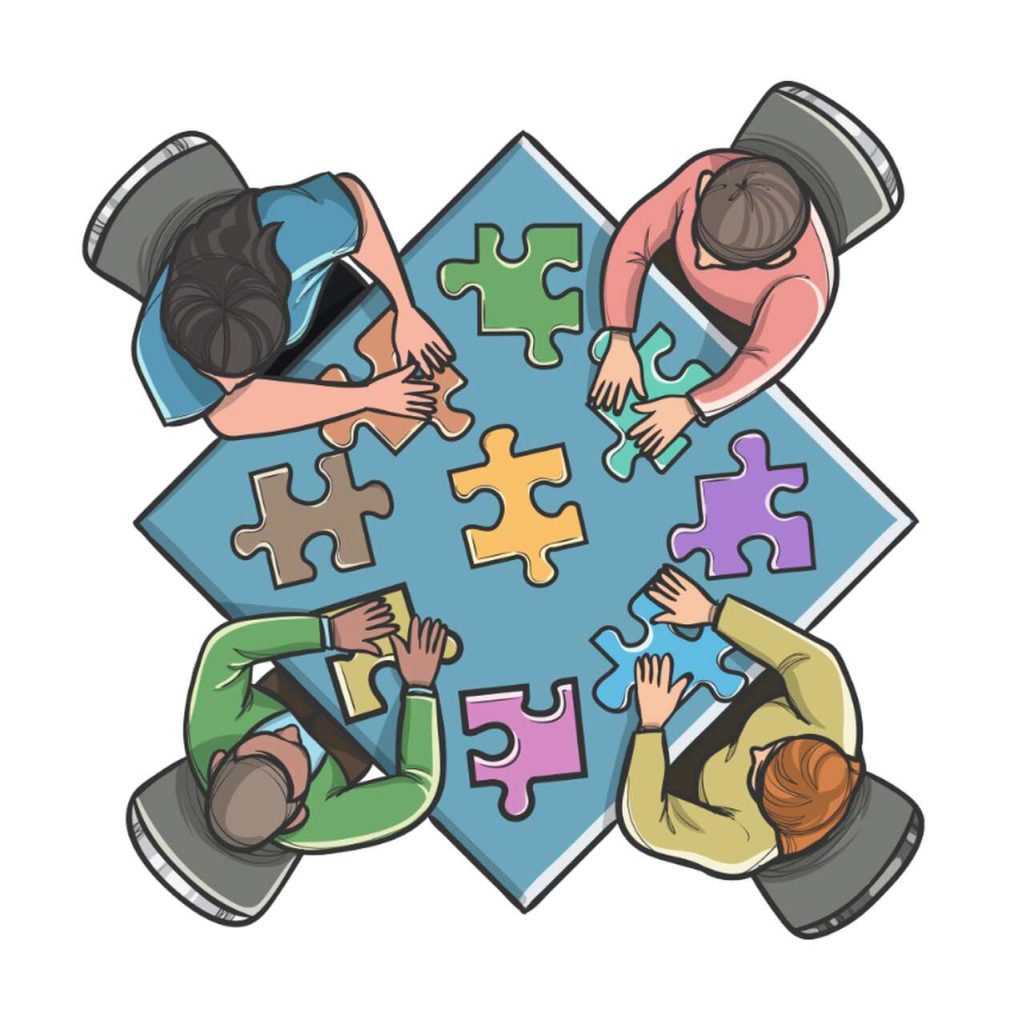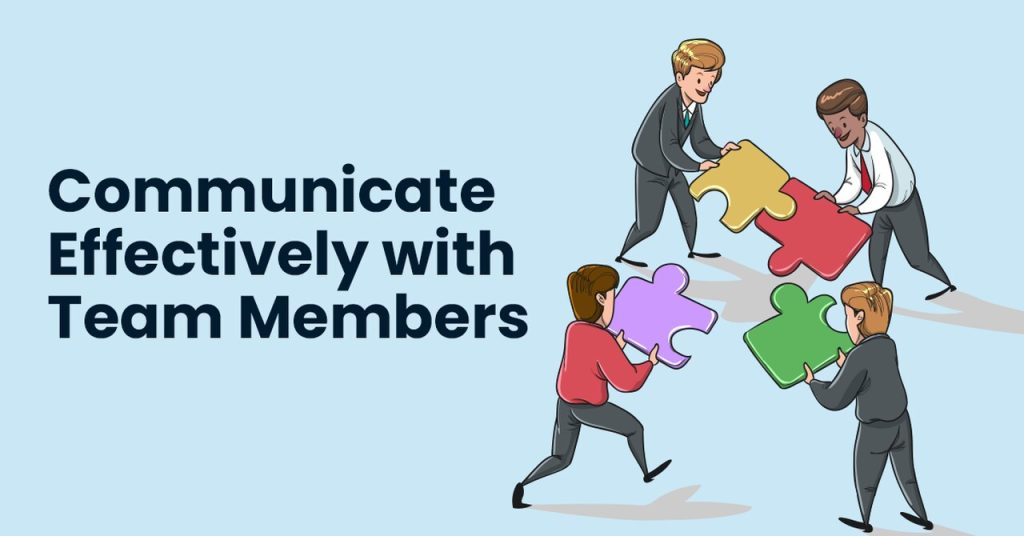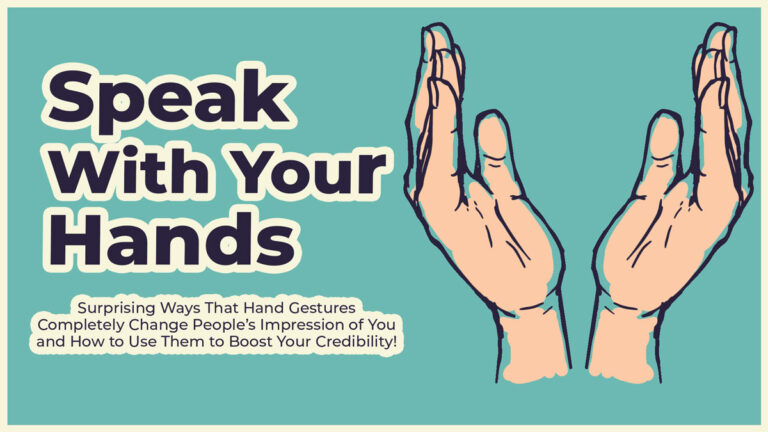Communication is essential in any workplace.
It becomes more important when you’re part of a team with members from different cultural backgrounds.
As globalisation continues to bring the world closer together, your ability to bridge cultural differences can foster a thriving professional environment.
Understanding and adapting to the communication styles of your diverse teammates enhances teamwork and drives innovation and growth.
To help you get started, here are 7 tips from HR experts for improving your intercultural communication skills,
This is to ensure that everyone on your team feels valued and understood.
1. Recognise Cultural Differences
Begin by accepting that cultural differences are real and they affect how people interact.
Keep in mind that practices that are common in one culture may be unusual or even offensive in another.
Take the initiative to research the cultural norms of your team members.
These differences can include approaches to time management, hierarchy, and conflict resolution.
This understanding can prevent potential conflicts and improve your ability to communicate effectively.
Recognising these differences also shows respect for your colleagues’ backgrounds and can foster a more inclusive atmosphere.
Encourage open discussions about cultural expectations within your team, which can build mutual respect.
Being aware of these differences is the first step to working together successfully.

2. Listen Carefully
Make it a priority to listen actively when others speak, especially if they come from different cultural backgrounds.
Listening goes beyond just hearing words because it involves understanding the context and the emotions behind them.
Pay attention to non-verbal cues, such as body language and facial expressions, which can vary significantly across cultures.
By listening carefully, you can better understand your colleagues’ perspectives and avoid misunderstandings.
This practice also signals respect for their ideas and feelings, making them feel valued.
Reiterate what you’ve heard in your own words to confirm your understanding, and ask clarifying questions if needed.
Effective listening can bridge many gaps in intercultural communication.
3. Speak Clearly
When it’s your turn to talk, be clear and straightforward.
Use simple language and avoid idioms, slang, and cultural references that may not translate well.
Speaking slowly and enunciating clearly can also help team members who speak different native languages understand you better.
Explain your points in several ways if necessary, to ensure comprehension across the board.
Being direct yet polite prevents confusion and keeps the communication line open.
Also, be patient and ready to repeat or rephrase your sentences when misunderstandings occur.
Clear communication reduces errors and builds a stronger team dynamic.
4. Use Visual Aids
Use visual aids like charts, graphs, and slides in your presentations or during meetings.
Visuals can help clarify your points and ensure that everyone has the same understanding of the topic, regardless of their language skills.
They serve as universal languages, cutting through verbal miscommunications that might arise from linguistic differences.
Additionally, visuals can be reviewed after meetings, helping those who might need more time to process information due to language barriers.
This approach helps in clearer communication but also enhances retention and reference.

5. Be Mindful of Non-Verbal Communication
Be aware that non-verbal communication can vary dramatically between cultures.
What is considered a friendly gesture in one culture might be seen as rude in another.
Educate yourself about the body language, personal space, and other non-verbal cues common in the cultures of your team members.
This awareness can prevent unintended offence.
For example, maintaining eye contact might be expected in some Western cultures, but perceived as confrontational in some Asian cultures.
Adjusting your non-verbal communication style can show your respect for different cultural norms.
It also improves interpersonal relationships within the team.
6. Encourage Feedback
Create an environment where feedback is welcomed and valued.
Encourage your team members to express their thoughts on communication issues and what could be improved.
This helps you refine your own communication strategies and also empowers others to share their insights and suggestions.
Regular feedback sessions can help everyone learn and adapt to each other’s styles and needs.
Be proactive in seeking feedback, and be open to making changes based on what you learn.
This collaborative approach fosters a culture of continuous improvement and open communication.

7. Commit to Continuous Learning
Lastly, see intercultural communication as a continuous learning process.
Attend workshops and training sessions on cultural competence, and invite experts to speak to your team.
The more you learn about other cultures, the more effectively you can communicate.
Reading books, watching films, and participating in cultural events can enrich your understanding and appreciation of different perspectives.
Always keep an open mind and be willing to adapt your approach as you gain new insights.
By committing to ongoing education, you become a better communicator and a stronger leader in a multicultural environment.
Build Stronger Teams with Effective Communication
Mastering the art of communication in a culturally diverse team is an ongoing journey of learning and adaptation.
By implementing these 7 tips, you’ll build a more inclusive and productive work environment.
Remember, effective communication fosters a stronger team, enriched with diverse perspectives and ideas, leading to greater creativity and success.
Let’s embrace these challenges as opportunities to grow and learn together.
Turn your workplace into a model for global collaboration and mutual respect.


